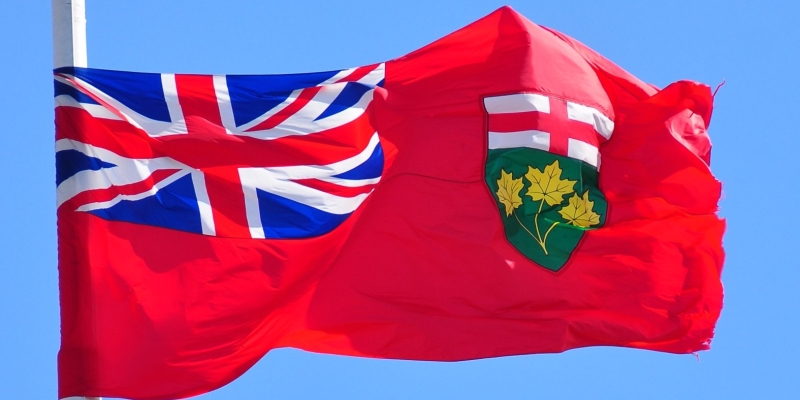Globe and Mail misrepresents state of Ontario finances

According to the Globe and Mail’s editorial board, Ontario’s new government has been “peddling a fiscal fantasy.” The reality, however, is just the opposite—it’s the Globe that’s misrepresenting the current state of Ontario’s finances and the gravity of its fiscal challenges. In doing so, it does a real disservice to Ontarians.
The first and perhaps most glaring error in the Globe’s editorial relates to the state of spending in Ontario. The Globe stated that “among Canada’s provincial governments, Ontario is the lowest per capita spender. You read that right: Ontario is dead last in total spending—10th out of 10.”
Now, if one compares provincial-only spending then the Globe’s statement is strictly correct. However, this simple comparison ignores the fact Ontario is one of the more decentralized provinces in terms of spending at the municipal level. In other words, compared to other provinces, Ontario does more spending at the municipal level and comparatively less at the provincial level. Thus, to compare apples to apples, one must examine consolidated provincial and local spending.
Statistics Canada’s Government Finance Statistics makes this adjustment to ensure comparability, and using its data, Ontario is not nearly the lowest per person spender. In fact, the province is only slightly below the national average for consolidated per person provincial-local spending, and even that number is inflated because of the comparatively high levels of spending in Alberta. In addition, British Columbia for example, spends $1,100 less per person than Ontario.
Perhaps equally as important is the subtle inference in the editorial that spending equals outcomes. In other words, the Globe editorial seems to infer that when a government spends more, we automatically get more or better services. Data on K-12 education and health-care spending significantly complicates this narrative.
Consider spending on K-12 public education. Ontario’s per student spending is slightly higher than the national average and well above both Quebec and B.C. who register the lowest levels of per student spending in the country. However, Quebec and B.C. lead Canada on test results and fare comparatively well on almost all other measures of education performance. The key is that Ontario delivers education dramatically differently than almost every other province. It’s the only one of three provinces to deliver Catholic education within the public system. And it along with the Atlantic provinces does not support parents choosing independent schools, which lowers public costs and tends to improve results.
The Globe editorial also asserts that Ontario has a “relatively low tax burden.” Again, this doesn’t comport with available data. All Western provinces, for example, have considerately lower "all in" tax burdens for average families. Our Tax Freedom Day calculations—which include all taxes—show that the average family in Alberta pays 39.9 per cent of its income to taxes compared to 44 per cent in Ontario.
Finally, the Globe’s assertion that balancing the budget is not a necessary priority seems to ignore 40 years of evidence in Canada. The Globe’s said the province merely needs to “get the deficit down to a manageable level, low enough that the debt-to-GDP ratio gradually falls... If Ontario ran a deficit of around $6-billion or less, that would do the trick."
The government forecasts an increase in debt to nearly $400 billion by the end of its first term. Just the interest cost on the debt will total $15.5 billion per year. This means Ontarians spend more on interest costs now than the province spends on post-secondary education.
Running deficits while the economy continues to grow, albeit tepidly, risks much larger deficits if a recession or economic slowdown occurs. Indeed, the Globe’s approach is exactly what governments did from the 1960s to the 1990s—until governments across Canada were forced to finally come to grips with perennial deficits and mounting debt.
Indeed, it was the successful reforms of the Chretien era that laid the foundation for not only a decade-plus of sound fiscal policies—balanced budgets, declining debt, lower taxes, and prioritized government spending—but also a comparatively strong economy. These lessons—not the fiscal fantasy pushed by the Globe editorial board—would serve Ontarians well.

